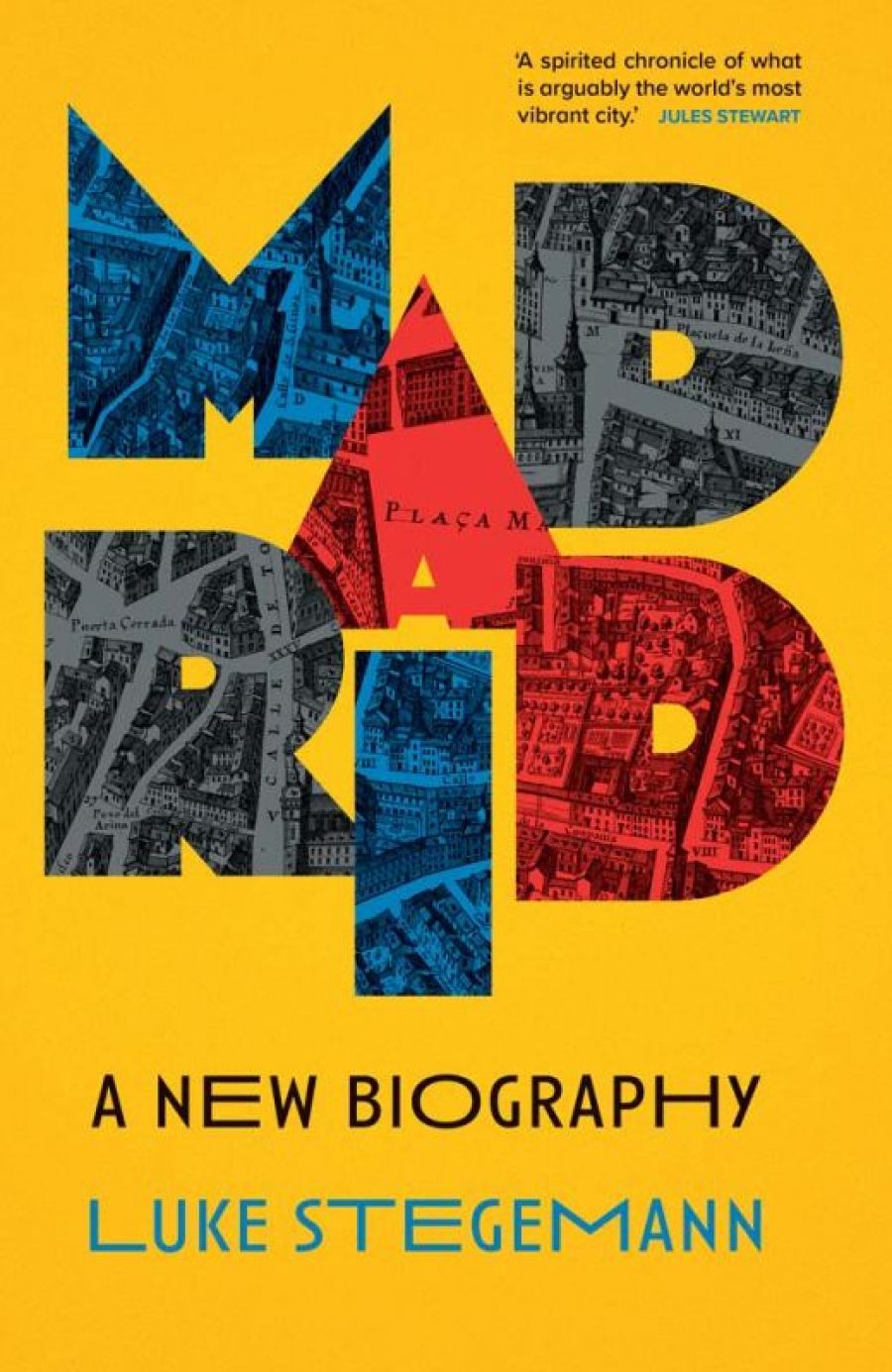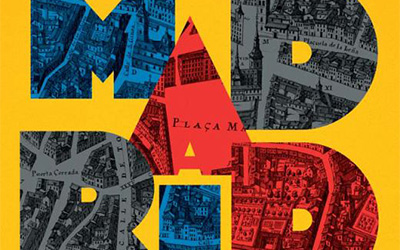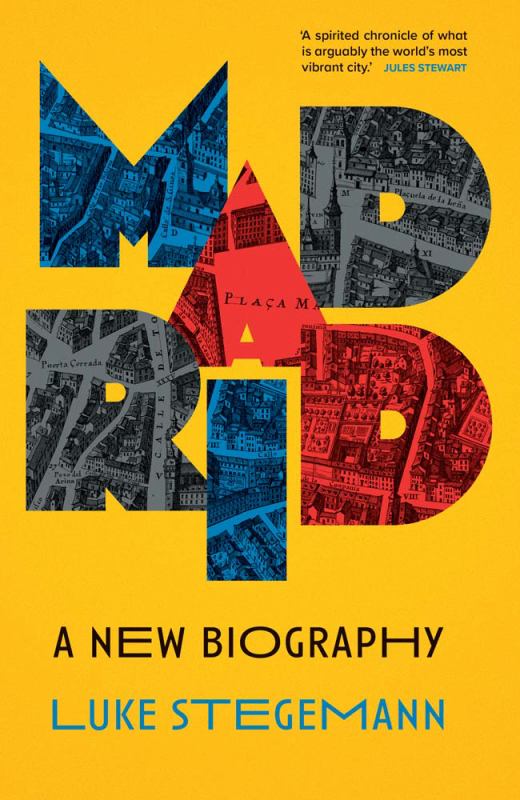
- Free Article: No
- Contents Category: Spain
- Review Article: Yes
- Article Title: Always the bridesmaid
- Article Subtitle: An honorary madrileño lauds Madrid
- Online Only: No
- Custom Highlight Text:
‘Well, I always liked Madrid!’ is my father’s verdict on the city; a verbal shrug that manages both to damn with faint praise and gesture at a powerful, unspoken criticism. There is some truth in both: Madrid often finds herself crowded out of ‘Great Cities of the World’ lists and has struggled to win top billing as a tourist attraction, even within Spain itself. The perpetual bridesmaid, despite her official capital status (hello Ottawa, Ankara, and Canberra), she has long been forced to hold the glittering train of Gaudí’s Barcelona. It has taken the zeal and outsider’s gaze of a convert – the accomplished Australian writer and honorary madrileño, Luke Stegemann – to draw her from the shadows in a self-described ‘expression of love … and act of recovery’.
- Featured Image (400px * 250px):

- Alt Tag (Featured Image): Abi Stephenson reviews ‘Madrid: A new biography’ by Luke Stegemann
- Book 1 Title: Madrid
- Book 1 Subtitle: A new biography
- Book 1 Biblio: Yale University Press, US$35 hb, 475 pp
- Book 1 Cover Small (400 x 600):

- Book 1 Cover (800 x 1200):

- Book 1 Readings Link: https://www.readings.com.au/product/9780300276336/madrid--luke-stegemann--2024--9780300276336#rac:jokjjzr6ly9m
Metaphysically, it is a tricky needle to thread; like Theseus’s ship, the only real continuity in a city’s identity is its latitude and longitude, and unifying a 470-odd paean to a slippery concept isn’t a simple undertaking. But Stegemann confidently pulls the thread from the Romans, Visigoths, and Umayyads (he is particularly good at recognising Islamic and Arabic influences where they have been historically downplayed) through a clutch of regal Felipes, out to the longer-than-you-thought Franco dictatorship (1939-75), and right up to the empty salons of the Prado during the Covid lockdowns. Stegemann makes history telescope in a way that emphasises the vagaries and arbitrariness of its dividing lines; from Madrid’s early incarnation as a ribat – a military and religious frontier post where volunteers prepared for seasonal jihad – to its turn as the seat of an all-conquering global empire, to the unheimlich site of the great cleaving of the civil war (‘in some instances, those attacking the city from the Casa de Campo could see their homes in the distance, tempting but unreachable’).
When Stegemann really gets going, there is a sort of quickening – the blood rushes and sentences glide as the city comes alive in his hands. Like John Dos Passos’s rapid-fire montages of Manhattan (Dos Passos was a keen visitor to Madrid, Stegemann tells us) or Virginia Woolf’s cinematic vignettes of London, he favours ecstatic descriptions and stream-of-consciousness sentence lists to evoke the heady ‘everythingness’ of the cityscape in all its dimensions. Under Madrid’s streets we find a palimpsest:
the fraying cloth of princes, the stack of rats’ and nuns’ bones, the humble awaiting resurrection and the flimsy paper of their prayer books; the dried blood of the murdered; the winding sheets of traitors; dead horses and broken mules; jars of wine or Moorish honey, hand guns, shrapnel, lost coinage, empire silver.
The pace and poetics are positively Joycean:
the strolling, shopping, chatting, complaining, flirting, fighting, the ceaseless wave of activity across the city, in its elegant stores and cheap bars, by appointment or by chance, the constant colliding, the milling, the thronging of Madrid and its streets, its pavements, its parks and avenues, everywhere alive.
As befits a good flâneur, Stegemann’s gaze is egalitarian. He just as often turns his imaginative powers to the unreported lives of Madrid’s medieval diggers, street vendors, and pipe layers as to the titans of architecture, politics, and empire. Those who ‘carried out the quiet ceremonies of daily life’ are compassionately sketched throughout. Geographically, too, ‘every seemingly anonymous apartment is someone’s intimate landscape’ – the satellite dishes, washing lines, and thirsty plants of postwar apartment balconies are as fundamental to Stegemann’s Madrid as the grand boulevards and galleries. His literary sensibilities are clear too; Stegemann mines an impressive number of Spanish novelists to flesh out the raw data thrown up by his extensive historical research.
He mostly sustains this energy and humanity, although some of the earlier sections suffer from a slightly uneven balance of information and narrative pull. One has to be quite familiar with Madrid to fully appreciate the many named references to specific streets and locations; having enjoyed the moments where Stegemann’s subjectivity crept in, I found myself missing them when they were absent. But he achieves what he set out to do, with great heart, rigour, and authenticity. I am struck by the pop-psych formulation of the universal need – whether of a city or character or other complex being – to be ‘seen’. Stegemann has seen Madrid and been good enough to share his findings. The graphic designer understood the assignment too: bold primary colours; nice hybrid typographic-cartographic title; the spine, stripped of its jacket, almost indistinguishable from an Assouline coffee table book. Thus elevated, Madrid takes her place alongside the great destinations of the world – on the shelf at least.

Comments powered by CComment